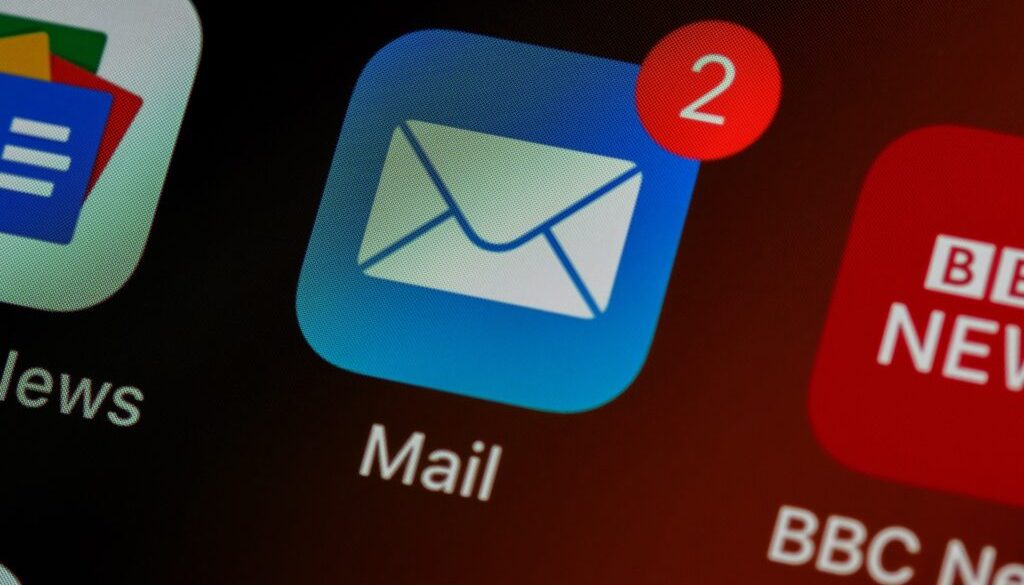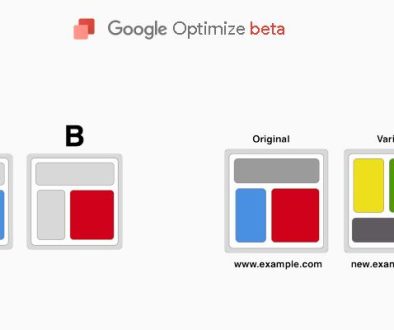E-mail tracking pixel & privacy concerns
So what is a tracking pixel and how does it work?
A tracking pixel is a transparent tiny image (1px). Similar to an image of a website, whenever you see an image of a website with your web browser it gets downloaded locally to your computer. By downloading an image from a website you create new log entries in the webserver that contain your information. The same way works in the e-mail. When a pixel is embedded into an e-mail, just by opening and reading the e-mail you download that tiny invisible image. Some of the information you reveal to your sender:
Tracking Pixels in Emails: What You Need to Know
As the use of email continues to grow, so too does the use of tracking pixels in emails. A tracking pixel is a small, invisible image embedded in an email that allows the sender to track the recipient’s behavior. While tracking pixels can be useful for email marketing and analytics, they can also raise concerns about privacy and security. In this article, we will explore what tracking pixels are, how they work, and what you can do to protect your privacy.
What are Tracking Pixels? Tracking pixels are small, transparent images that are embedded in emails. They are typically just one pixel in size and are invisible to the naked eye. When an email with a tracking pixel is opened, the image is downloaded from the sender’s server, and the sender is able to track the recipient’s behavior. This can include information such as when the email was opened, how long it was open, and whether any links in the email were clicked.
How Do Tracking Pixels Work? Tracking pixels work by sending a request back to the sender’s server when the email is opened. This request includes information such as the recipient’s IP address, the type of device they are using, and the email client they are using. This information can be used by the sender to track the recipient’s behavior and tailor future emails to their preferences.
Why Do Companies Use Tracking Pixels? Companies use tracking pixels in emails for a variety of reasons, including email marketing and analytics. Tracking pixels can help companies determine the effectiveness of their email campaigns by providing data on open rates, click-through rates, and other metrics. This information can be used to refine email marketing strategies and improve engagement with customers.
Are Tracking Pixels a Privacy Concern? While tracking pixels can be useful for email marketing and analytics, they can also raise big concerns about privacy and security. Some people may not want companies to be able to track their behavior, and there is a risk that the data collected by tracking pixels could be used for nefarious purposes and without your permission. For example, an attacker could use tracking pixels to send malicious content to a specific target based on their email activity.
Some of your information tracking pixels can collect: Your IP address , Time/date of opening the email, How many times you opened the email , Your email client software , Your operating system
What Can You Do to Protect Your Privacy? If you are concerned about tracking pixels in emails, there are a few steps you can take to protect your privacy. One option is to use an email client that blocks tracking pixels by default, such as ProtonMail. Another option is to disable image loading in your email client, which will prevent tracking pixels from being downloaded when you open an email. Finally, you can use a browser extension that blocks tracking pixels, such as Ugly Email or PixelBlock.
Conclusion: Tracking pixels in emails can provide valuable information for companies, but they also raise big concerns about privacy and security. By understanding what tracking pixels are and how they work, you can take steps to protect your privacy and limit the information that companies can collect about you. Whether you choose to use an email client that blocks tracking pixels by default, disable image loading in your email client, or use a browser extension that blocks tracking pixels, it is important to take proactive steps to protect your privacy in the digital age.
Imagine your boss asking you “why did you reply to my e-mail a week after your read it for 3 times”!!!



